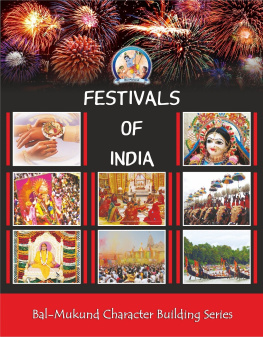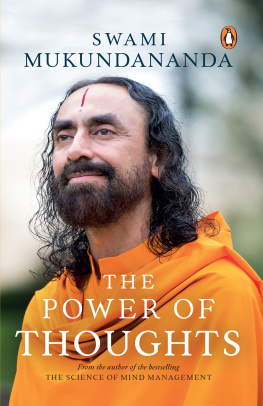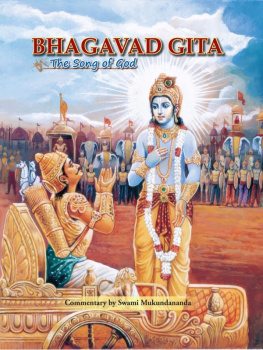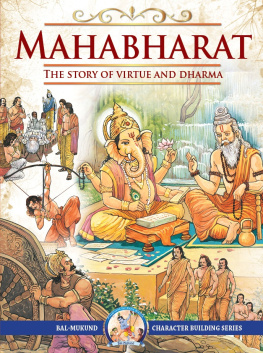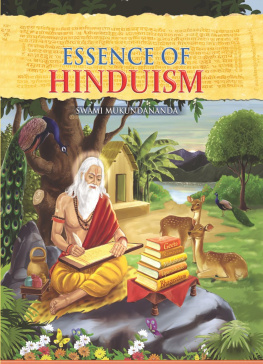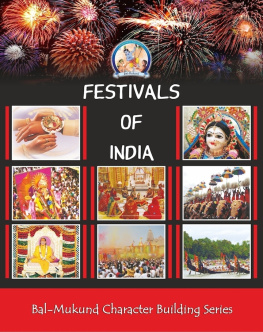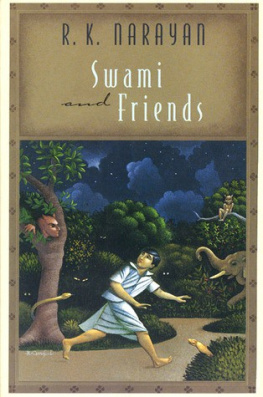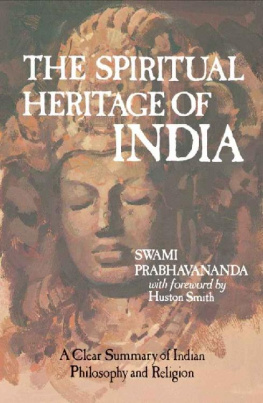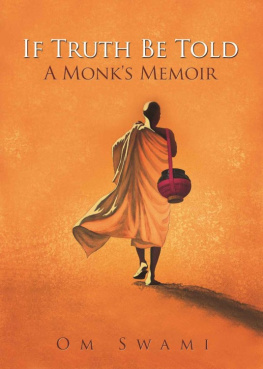Swami Mukundananda - Festivals of India
Here you can read online Swami Mukundananda - Festivals of India full text of the book (entire story) in english for free. Download pdf and epub, get meaning, cover and reviews about this ebook. year: 2015, publisher: Jagadguru Kripaluji Yog, genre: Home and family. Description of the work, (preface) as well as reviews are available. Best literature library LitArk.com created for fans of good reading and offers a wide selection of genres:
Romance novel
Science fiction
Adventure
Detective
Science
History
Home and family
Prose
Art
Politics
Computer
Non-fiction
Religion
Business
Children
Humor
Choose a favorite category and find really read worthwhile books. Enjoy immersion in the world of imagination, feel the emotions of the characters or learn something new for yourself, make an fascinating discovery.
- Book:Festivals of India
- Author:
- Publisher:Jagadguru Kripaluji Yog
- Genre:
- Year:2015
- Rating:4 / 5
- Favourites:Add to favourites
- Your mark:
- 80
- 1
- 2
- 3
- 4
- 5
Festivals of India: summary, description and annotation
We offer to read an annotation, description, summary or preface (depends on what the author of the book "Festivals of India" wrote himself). If you haven't found the necessary information about the book — write in the comments, we will try to find it.
Festivals of India — read online for free the complete book (whole text) full work
Below is the text of the book, divided by pages. System saving the place of the last page read, allows you to conveniently read the book "Festivals of India" online for free, without having to search again every time where you left off. Put a bookmark, and you can go to the page where you finished reading at any time.
Font size:
Interval:
Bookmark:
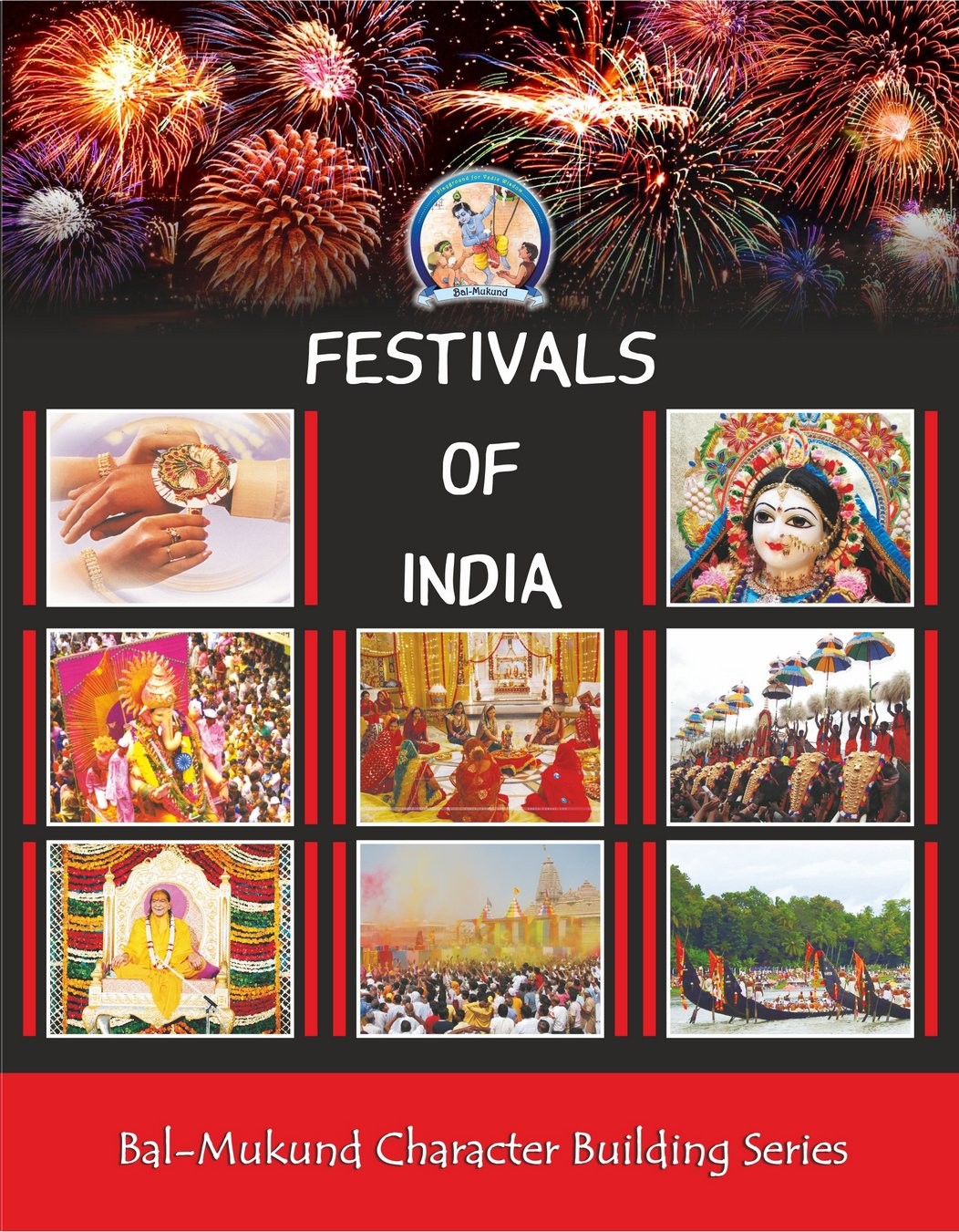
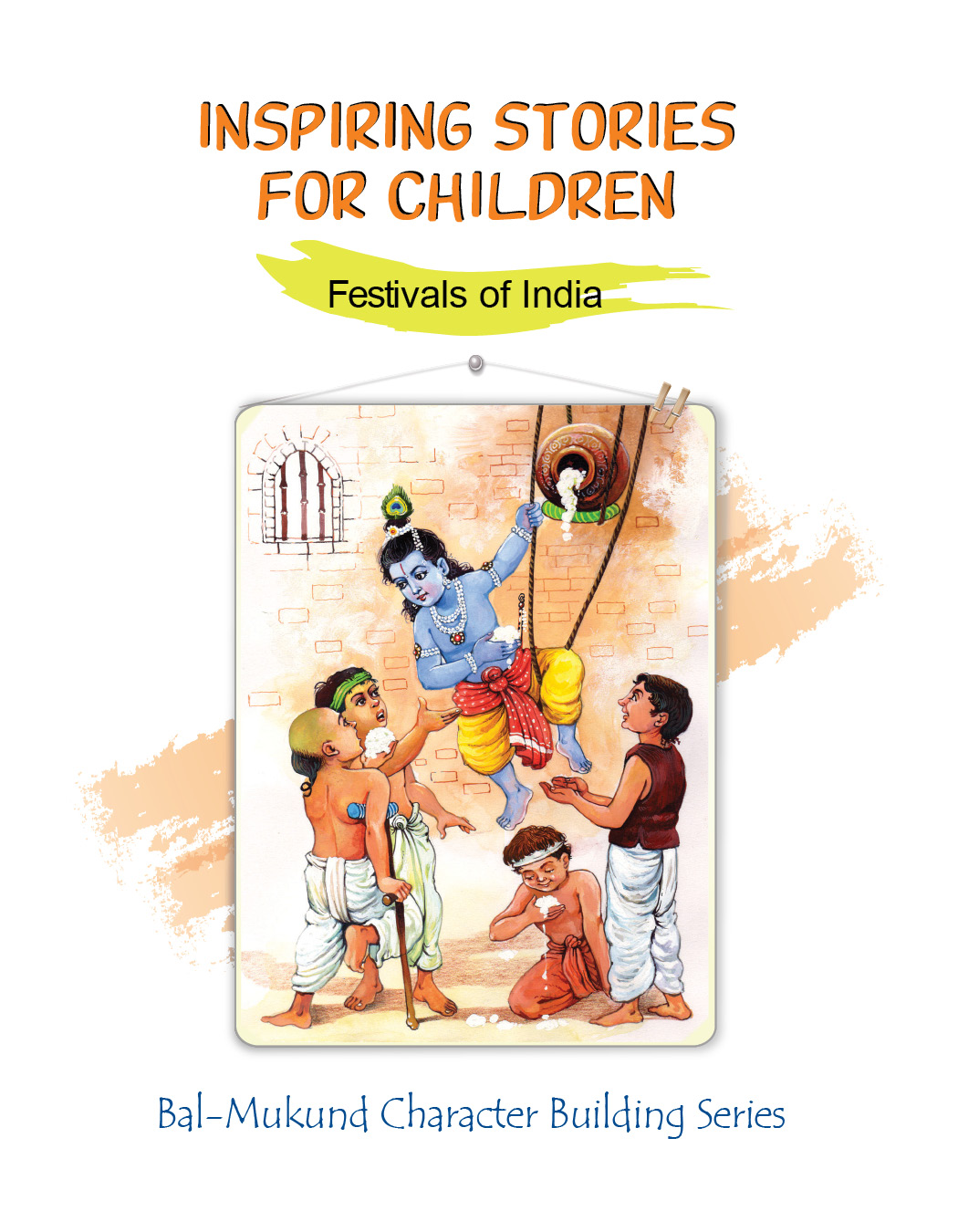


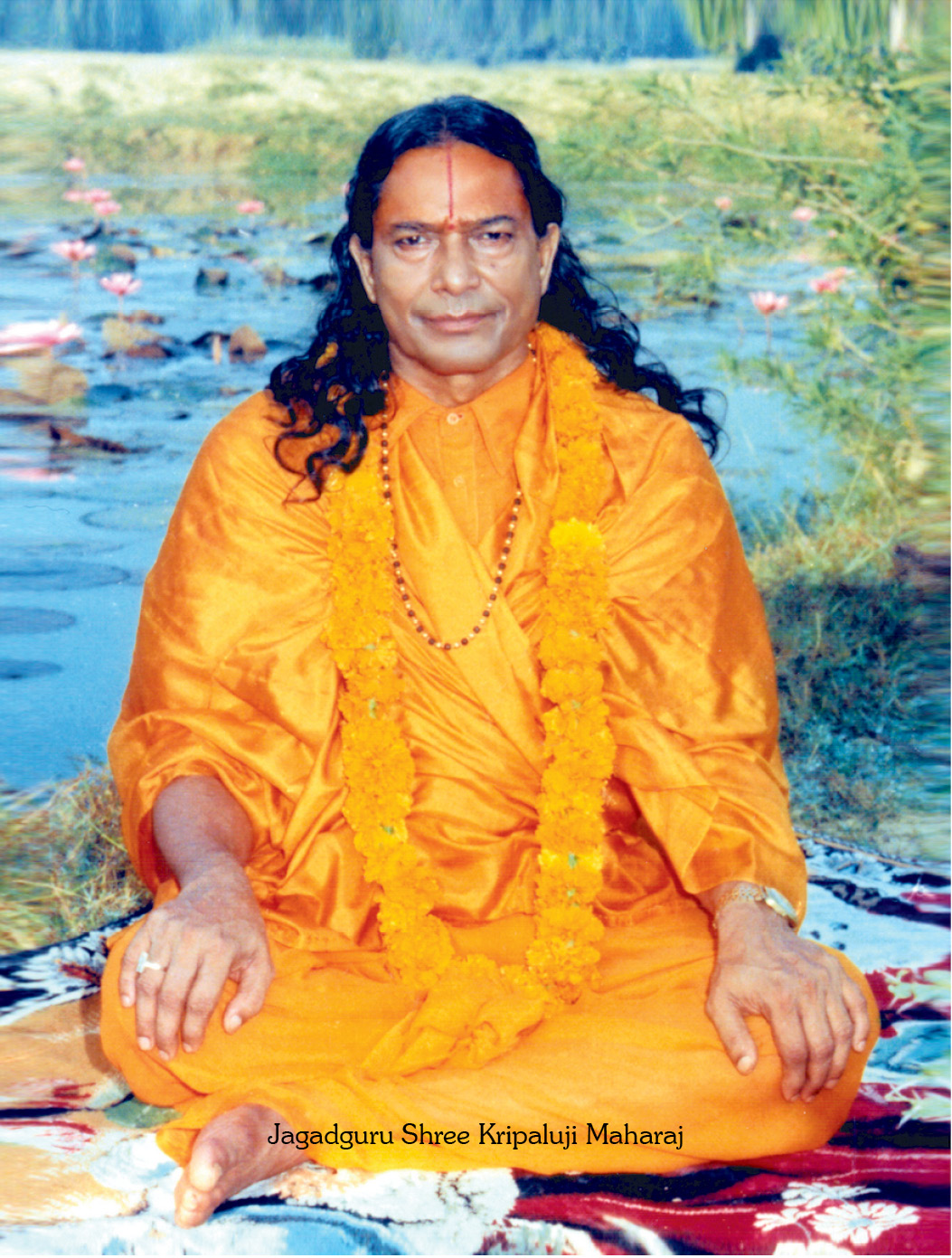
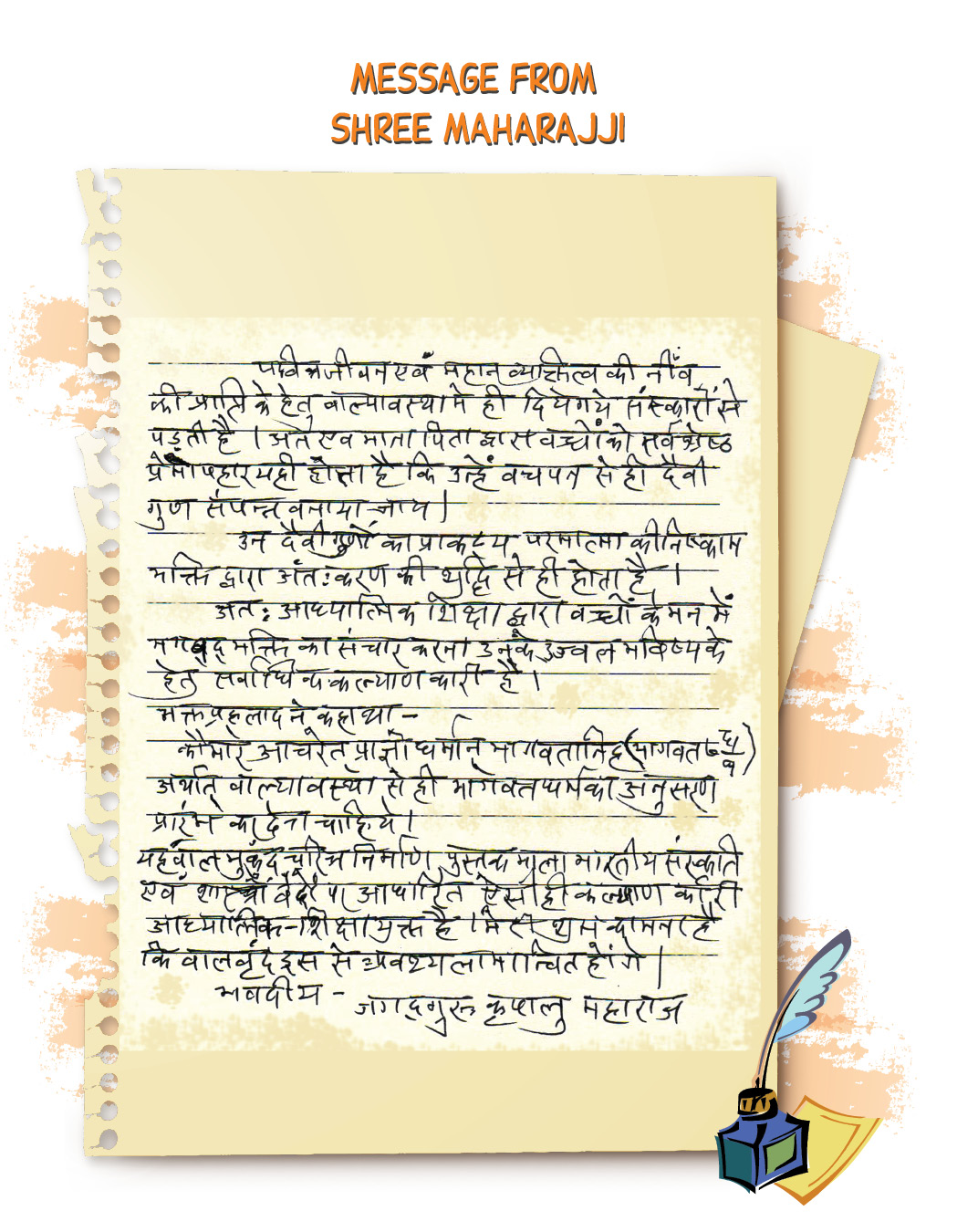
DIVINE BLESSINGS
The foundations of a noble personality and virtuous life are laid in childhood itself. Hence, the most precious gift that children can receive from their parents is training in Divine qualities and lofty ideals.
Divine virtues only manifest in the heart when it is purified and elevated through the practice of selfless devotion.
Therefore, inculcating devotional sentiments in young minds through spiritual education is most beneficial in securing children a bright future.
The Devotee Saint Prahlad said:

The Bal-Mukund Character Building Book Series, which is based on the rich Indian cultural heritage and the eternal Vedic scriptures, is filled with invaluable spiritual and practical wisdom for the young ones. I wish to convey my earnest good wishes and sincere Blessings that children may derive full benefit from them.
Sincerely,
Jagadguru Kripaluji Maharaj
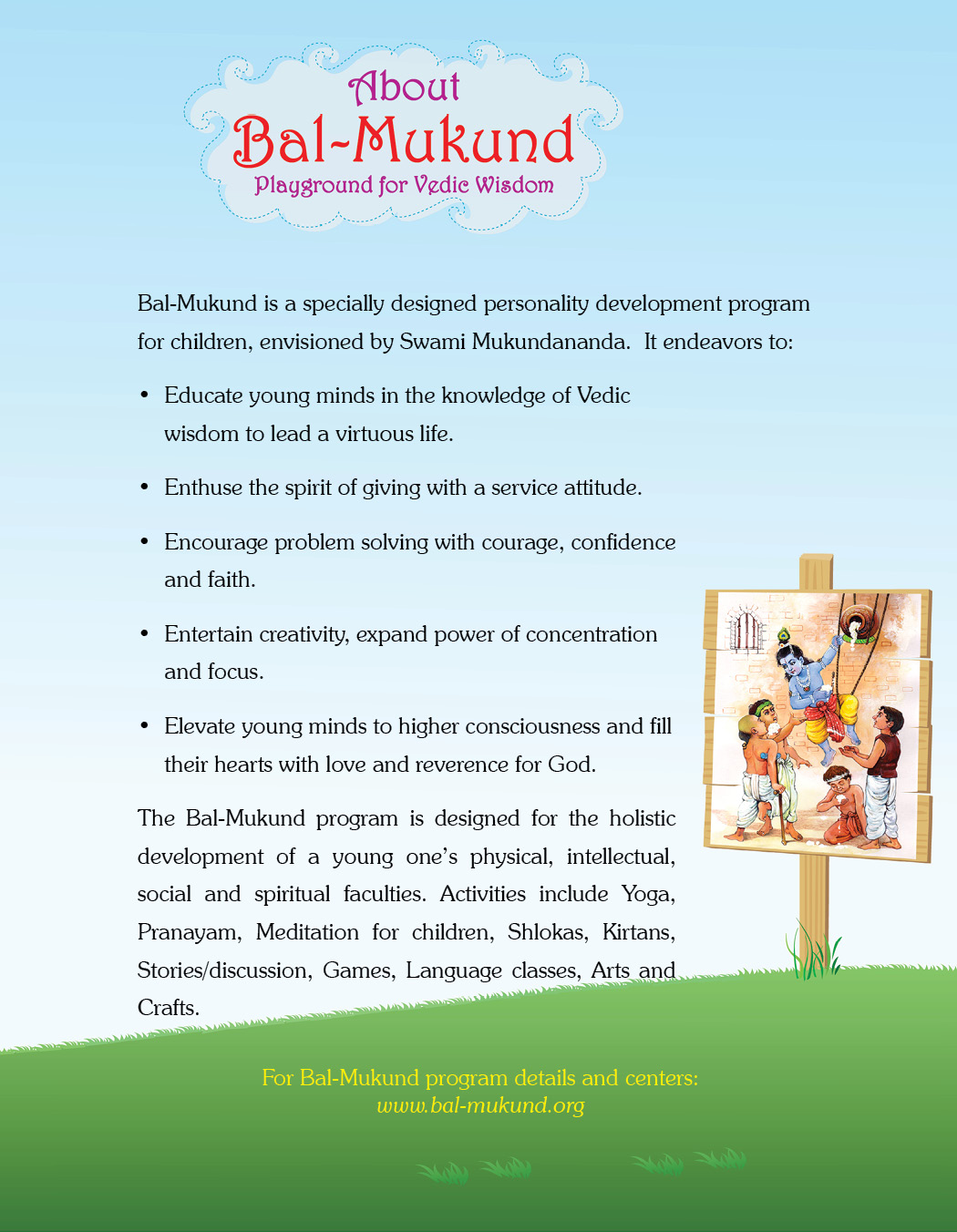

Introduction to The Bal-Mukund Character Building Series
The mark of a civilized society is the loving care it takes of its children. They are not merely children; they will soon be other peoples husbands and wives, and parents of grandchildren. They possess Gods life force that is yearning to make them Presidents, Scientists, Engineers, Doctors, Artists, Writers, and Musicians. Just as the acorn carries the potential of becoming an oak tree, children carry in them infinite potential for future greatness. Caring parents and teachers see this potential, and carefully cultivate and nurture it.
Parents and teachers are partners of God. They are working with the Creator of the Universe in shaping human nature and forging the future world. Each day they make deposits in the memory banks of their children. These deposits must be uplifting, and ennobling to their impressionable minds, which are sponge-like and very sensitive to the impressions they receive from their mentors. Children possess a remarkable amount of passion to go after their ideals. They throw themselves completely, heart and soul, into everything. The impressions they receive in these formative years mould their vision for the future. Loving parents and teachers teach their children to dream with their eyes open, of a noble and fulfilling life. They fill their hearts with lofty ideals and inspiring thoughts, and then fondly watch as their wards strive to attain the goals that have been mapped in them in their childhood.
Jagadguru Shree Kripaluji Maharaj teaches that best inheritance we can leave for children is good training in character building. A strong and sound value system built into them will remain until death. It will be the foundation for a successful and rewarding life. Hence, the values we inspire them to cherish are of paramount importance.
Children must be taught that money and luxurious possessions alone will not give happiness, but a virtuous life will be a continual feast.
Time spent in inculcating such values in children is an investment into the future. It is the finest gift of love from parents to their children. The Bal-Mukund Character Building Series contains invaluable instructions, famous verses, bhajans, stories, life histories and information about festivals, for building values in children. For ease of remembrance, the values that are required for triumph in life have been grouped with the letters of the acronym KRIPALU. These set of values will teach children to be heroic from within, and instill nobleness in their thought, word and deed.
The compendium of stories, biographies, festivals, sayings, kirtans and prayers in this series of books has been chosen from the Vedic scriptures and the rich literary heritage of India. They convey powerful messages to educate, encourage, enthuse, and entertain young minds. Most importantly, they fill the heart with love and reverence for God, which is the essence of all morality. We hope they will be cherished by teachers, parents and children alike, who will meditate upon them, learn them and make them a part of their lives.
Swami Mukundananda

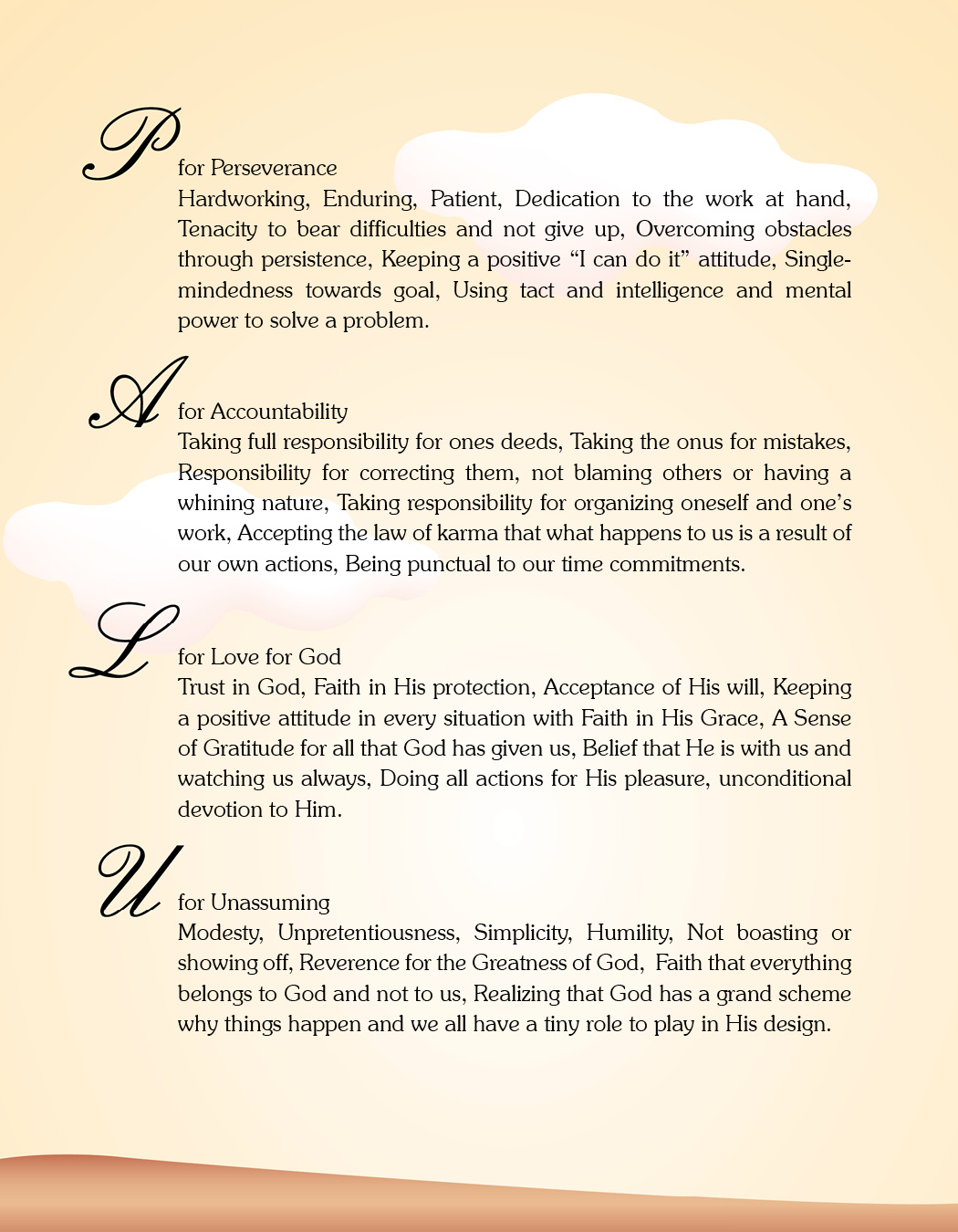
Table of Contents
An Overview of Hindu Calendar
Strictly speaking, there is no single Hindu calendar. India is a very diverse country, and this diversity is also reflected in the Hindu calendar. Different regions of India follow their own calendars. However, all these calendars have certain common attributes. For example, almost of the calendars are lunar based. However, certain regions follow the solar calendar as well.
According to the lunar calendar, there are twelve months in a year and each month has 29 or 30 days depending upon the movement of the moon. Each month is split into two fortnights or pakshas. The fortnight of the waxing moon is called the Shukla Paksha or the bright fortnight, whereas the fortnight of the waning moon is called the Krishna Paksha or the dark fortnight. In North India, a new lunar month begins with the day after the full moon. In many parts of South India, a new lunar month begins the day after the new moon.
The twelve months of the Hindu lunar calendars add up to approximately 356 days. To stay in line with the solar calendar (which has 365 days in a normal year and 366 days in a leap year), every few years a leap month is added. Thus, sometimes there are thirteen months in a year, instead of twelve. This leap month is called the Adhik Mas or the Purushottam Mas.
The twelve months in the Hindu calendar are as follows:
Hindu Month Western Month
1.VaisakhApril-May
2.JyesthMay-June
3.AshadhJune-July
4.ShravanJuly-August
5.BhaadraAugust-September
6.AshwinSeptember-October
7.KartikOctober-November
8.AgrahayanaNovember-December
9.PaushDecember-January
10.MaaghJanuary-February
11.PhalgunFebruary-March
12.ChaitraMarch-April
The above table gives an approximate relationship between the various months in the Hindu lunar calendar and those in the solar Gregorian calendar, with which we are all familiar.
Different regions in India give their own names to the lunar months. An interesting feature of the Hindu calendars is that different calendars follow different epochs. This means that the year value for a given date in the Gregorian calendar is represented variously in various Hindu calendars.
Font size:
Interval:
Bookmark:
Similar books «Festivals of India»
Look at similar books to Festivals of India. We have selected literature similar in name and meaning in the hope of providing readers with more options to find new, interesting, not yet read works.
Discussion, reviews of the book Festivals of India and just readers' own opinions. Leave your comments, write what you think about the work, its meaning or the main characters. Specify what exactly you liked and what you didn't like, and why you think so.

